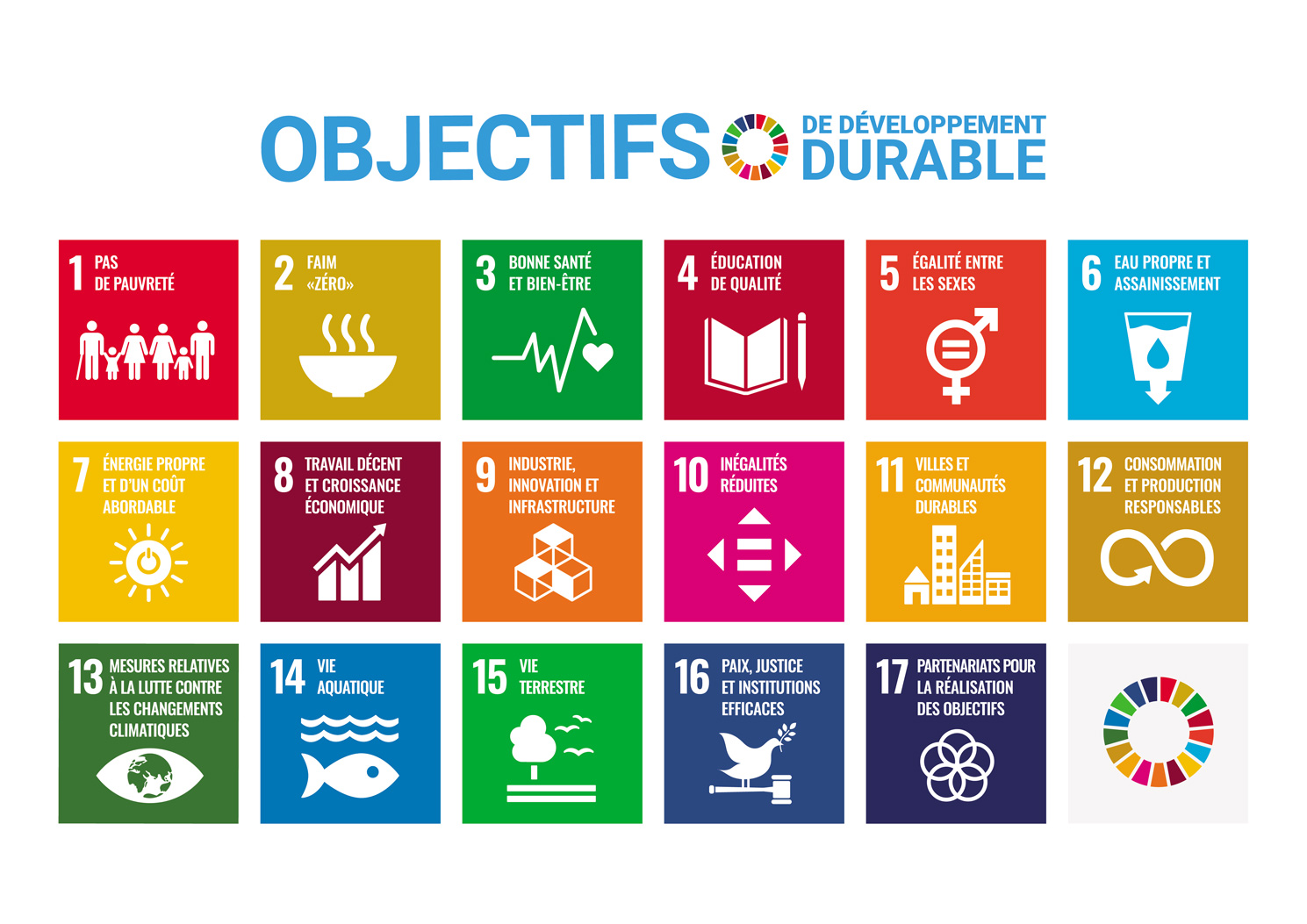Integrating sustainable development into the development plans of Asia Pacific universities
The SDGs
How do we meet the needs of the present without compromising the
future of our planet and the well-being of future generations? And how
do we do this at the university, in the Asia Pacific context?
The
17 Sustainable Development Goals (SDGs) propose to address these
challenges. Launched in September 2015 by the United Nations General
Assembly with the 2030 Agenda for Sustainable Development, they aim to
guide action by all countries in the world, regardless of their level of
development, to tackle the challenges of sustainable development.

Each year, the United Nations Statistical Commission measures the progress made by member states towards the SDGs. To do so, these States are invited to conduct regular monitoring of the progress made on their territory by relying on their national statistical institutes as well as on the contributions of civil society actors.
University Social Responsibility (USR)
It is in this perspective that the actors of the higher education sector have questioned their contribution to this collective approach. The university social responsibility (USR) movement has thus emerged, associating the broader concept of social responsibility to the university, both public and private.
Societal responsibility of organizations
The ISO 26000 standard, the international reference in this area, defines an organization’s social responsibility as follows:
responsibility
for the impacts of its decisions and activities on society and the
environment, resulting in transparent and ethical behavior that
contributes to sustainable development, including the health and
well-being of society; takes into account the expectations of
stakeholders; complies with applicable laws and is compatible with
international standards; and is integrated throughout the organization
and implemented in its relationships (ISO 26000, 2010)
According
to the ISO 26000 standard, an organization’s social responsibility
concerns seven core issues, each of which refers to several SDGs. These
core issues are: 1/Governance of the organization; 2/Human rights;
3/Labor conditions and relations; 4/Environmental responsibility; 5/Fair
practices; 6/Consumer issues; and 7/Communities and local development.
Adopting the lens of social responsibility means recognizing that the social role of the university goes beyond its teaching and research function: it is just as much about its community service, governance and resource management functions. Find out how below:

Teaching and research

Community Services

Governance and management
The value of adopting an ESR approach
Demonstrating a serious commitment to the SDGs is now a must for any organization. Among universities, it is a requirement of many international funders, a condition for inclusion in the most recognized academic accreditation programs, and a way to generate a multitude of organizational benefits. Learn more below:
A requirement of
many international
donors
A requirement to enter the most recognized university accreditation programs
A way to generate
a multitude of
organizational benefits
Integrate sustainable development into your university’s development plan
For universities wishing to initiate a USR process, it can be
difficult to navigate the plethora of tools available, not to mention
that they are not necessarily adapted to their specific contexts.
The
following sections are intended to familiarize universities in Asia
Pacific with the USR and to help them initiate and advance an approach
that takes into account their specific contexts. By learning about the
strategy for implementing an ESR approach, and the 5 components and
practices of ESR, and then taking stock of your university’s ESR
practices, you are taking a first step towards integrating the SDGs into
your university’s activities and sphere of influence.
IMPLEMENTATION STRATEGY
RSU COMPONENTS AND PRACTICES
SELF-DIAGNOSIS
RESOURCES TO GO FURTHER
ASIA PACIFIC UNIVERSITIES CONTRIBUTE TO THE ACHIEVEMENT OF THE ODS
THE RESODAP PROJECT
